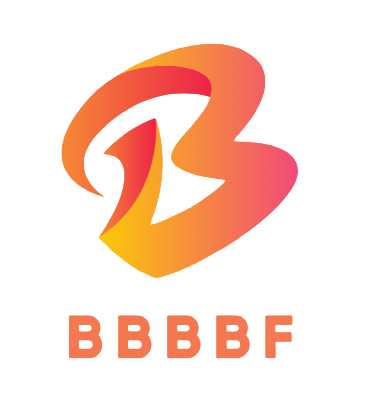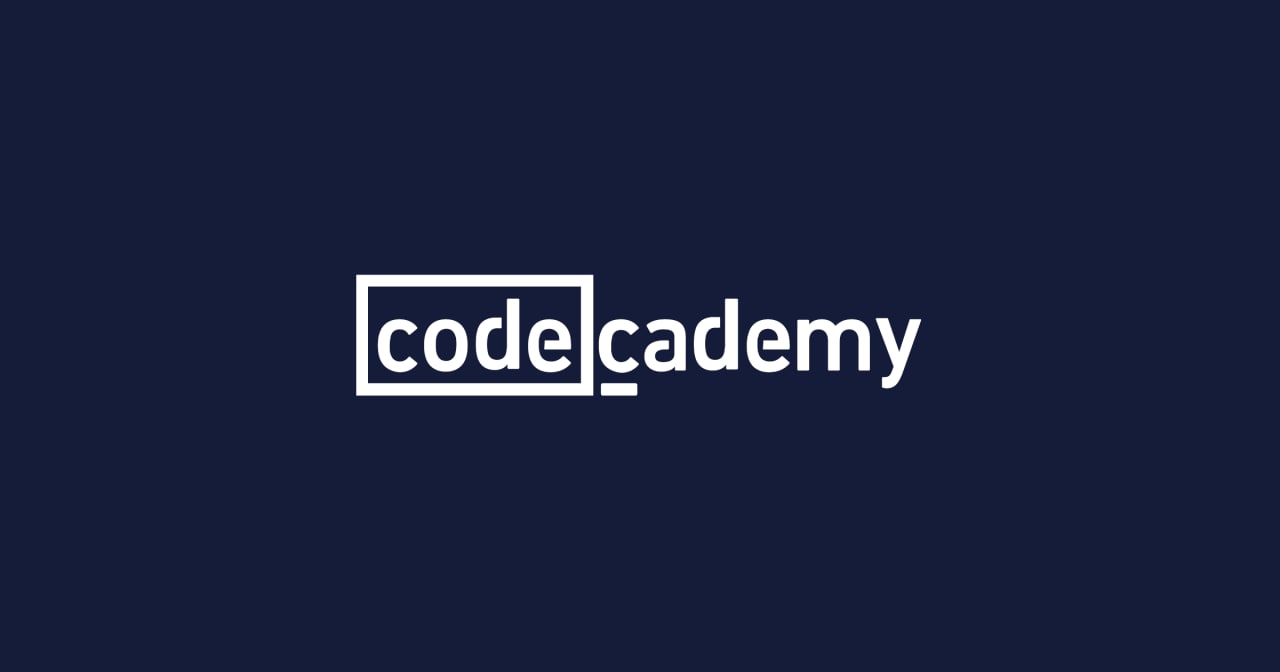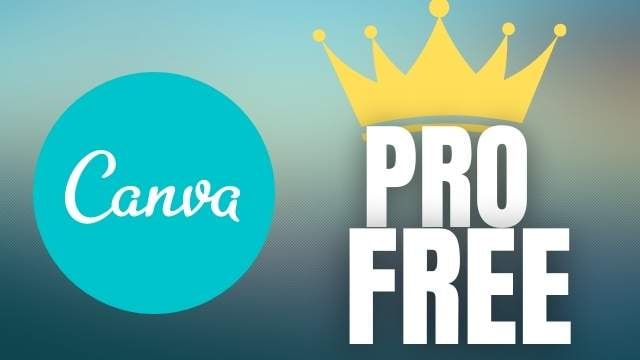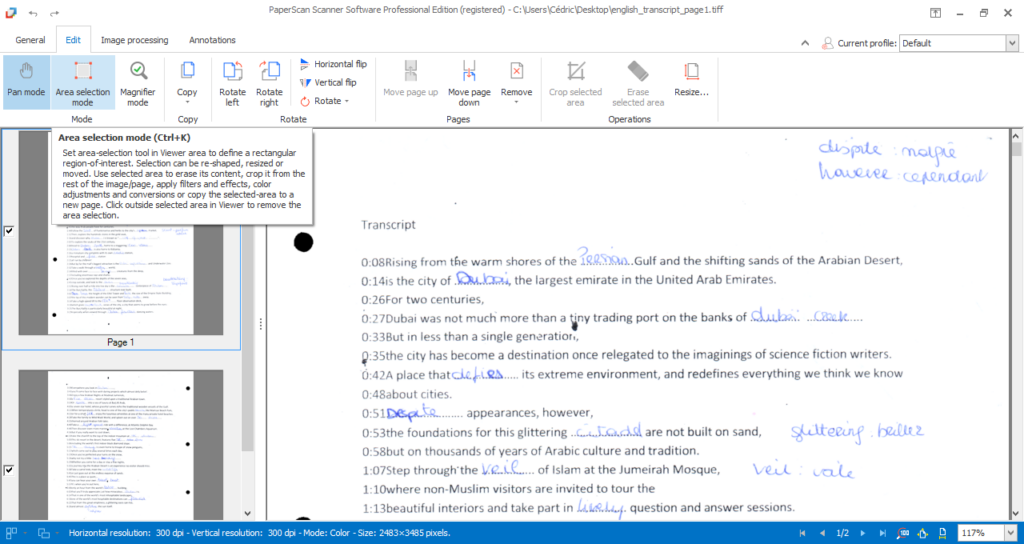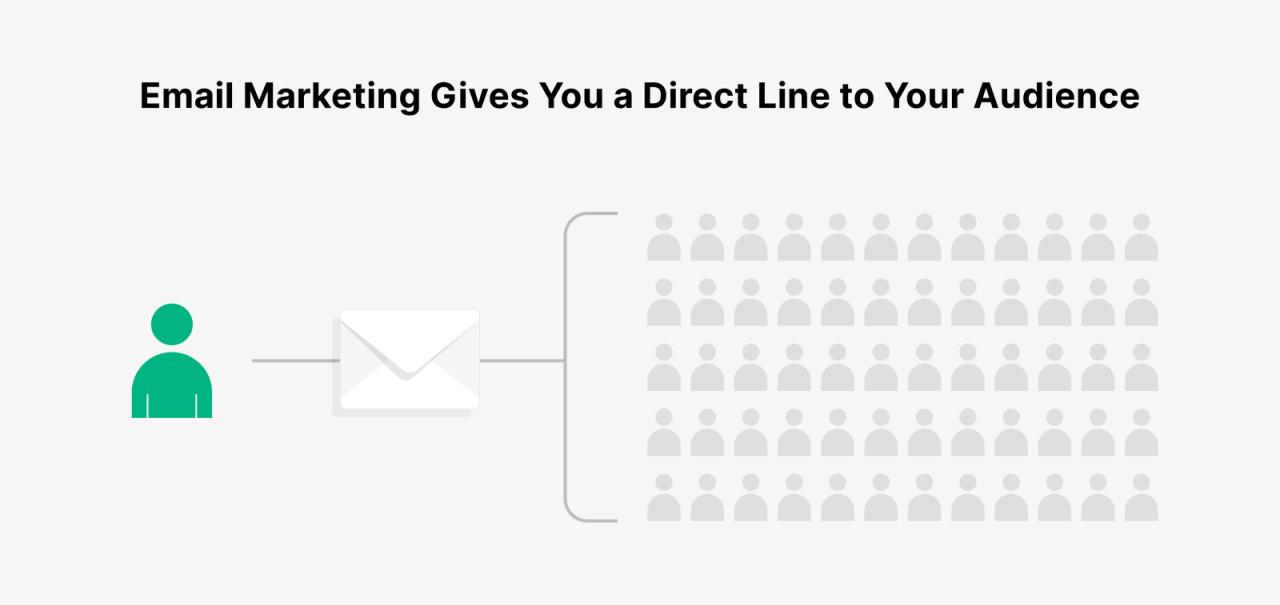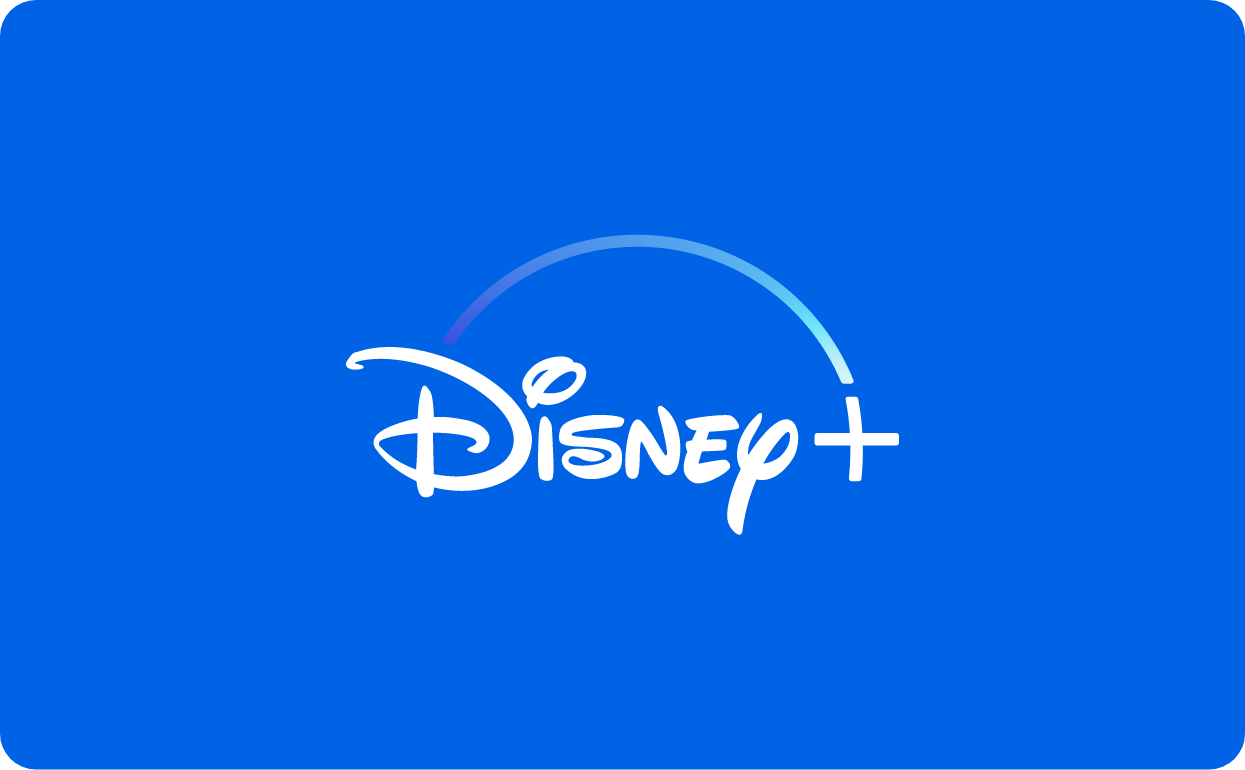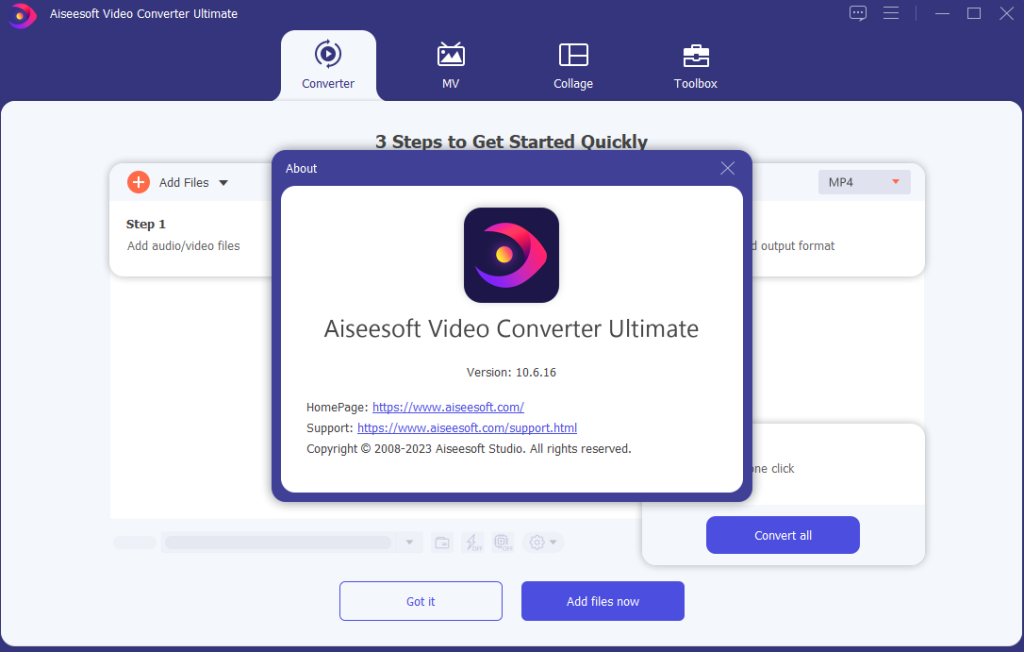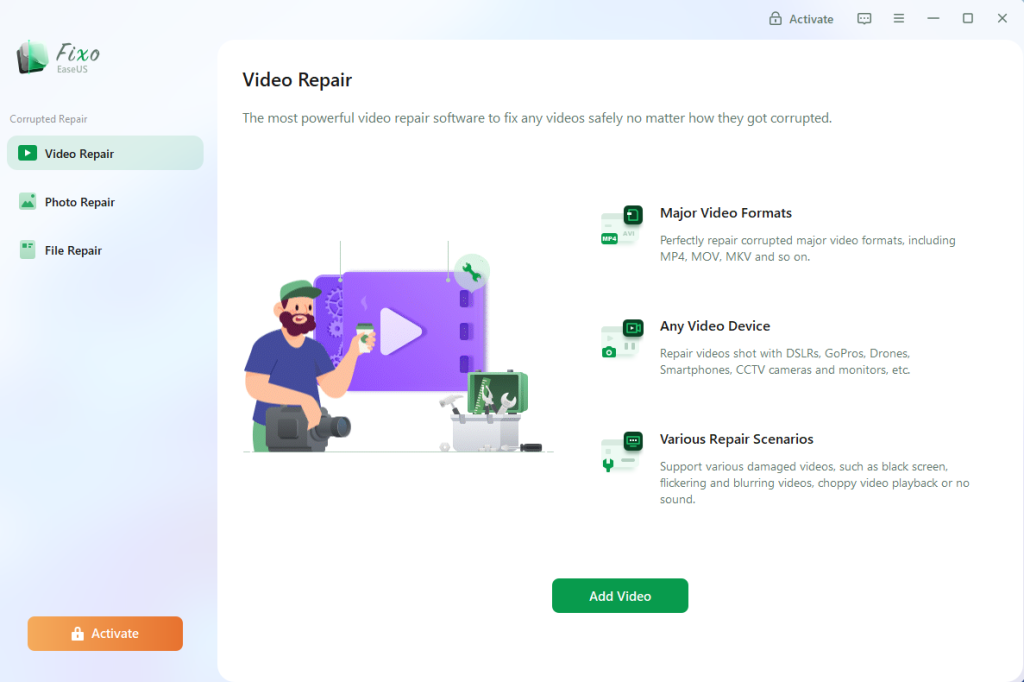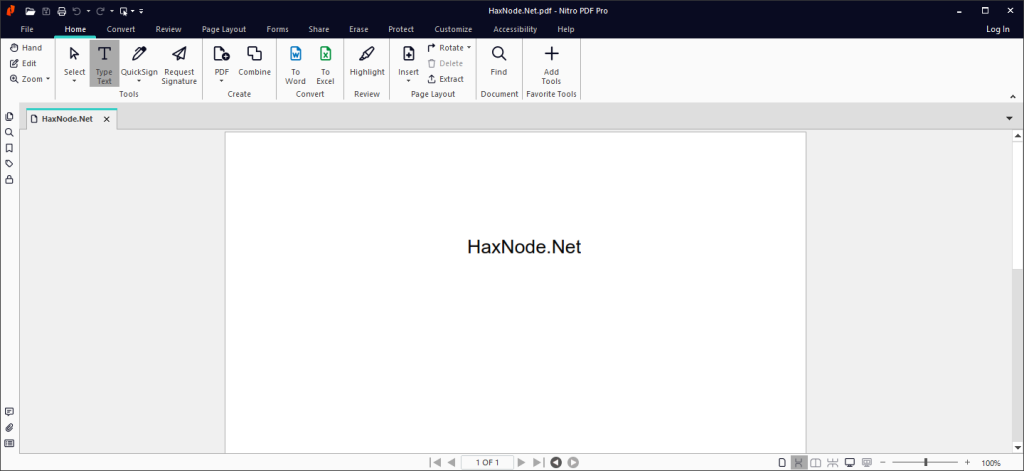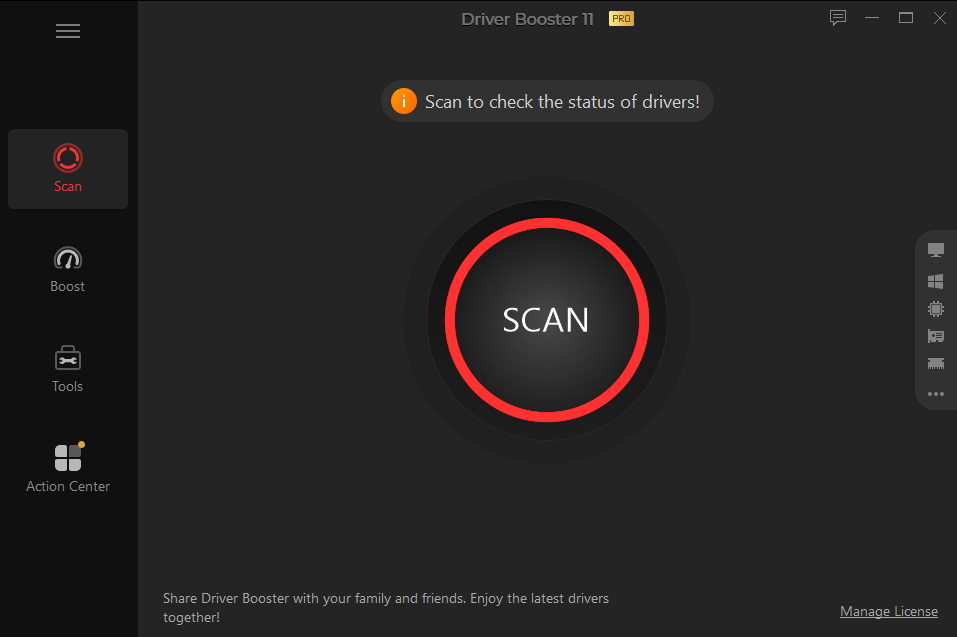Usability. It means different things to different web site designers. It’s also been at the top of every user’s requirements list since the Web became part of daily life. When users click through to your web site from a search results page, they want the site to work for them. That means they want to be able to find what they’re looking for, to navigate from place to place, and to be able to load pages quickly, without any difficulties.
Web-site users are impatient. They don’t like to wait for pages to load, they don’t want to deal with Flash graphics or JavaScript, and they don’t want to be lost. These are all elements of usability — how the user navigates through and uses your web site. And yes, usability has an impact on SEO. Especially from the perspective of your site links and loading times.
When a search engine crawler comes to your site, it crawls through the site, looking at keywords, links, contextual clues, meta and HTML tags, and a whole host of other elements. The crawler will move from page to page, indexing what it finds for inclusion in search results. But if that crawler reaches the first page and can’t get past the fancy Flash you’ve created, or if it gets into the site and finds links that don’t work or that lead to unexpected locations, it will recognize this and make note of it in the indexed site data. That can damage your search engine rankings.
Navigation knowledge
When you consider web-site navigation, there are two types: internal navigation and external naviga- tion. Internal navigation involves the links that move users from one page to another on your site. External navigation refers to links that take users away from your page. For your navigation to be SEO-friendly, you have to use both types of navigation carefully.
Look at a number of different high-ranking web sites. How is the navigation of those sites designed? In most cases, you’ll find that the top sites have a left-hand navigation bar that’s often text-based, and some have a button-based navigation bar across the top of the page. Few have just buttons down the left side, and all of them have text links somewhere in the landing page.
The navigation for many sites looks the same, because this plan works. Having a text-based naviga- tion bar on the left works for SEO because it allows you to use anchor tags with the keywords you’re using for the site. It also allows crawlers to move from one page to another with ease.
Buttons are harder for crawlers to navigate, and depending on the code in which those buttons are designed, they might be completely invisible to the crawler. That’s why many companies that put button-based links at the top of the page also usually include a text-based navigation bar on the left. The crawler can still move from page to page, but the user is happy with the design of the site.
The other element you see on nearly every page is text-based links within the content of the page. Again, those links are usually created with anchor tags that include the keywords the site is using to build site ranking. This is an effective way to gain site ranking. The crawler comes into the site, examines the linking system, examines the content of the page, compares these items, and finds that the links are relevant to the content, which is relevant to the keywords. That’s how your rank- ing is determined. Every element works together.
Take the time to design a navigational structure that’s not only comfortable for your users, but is also crawler-friendly. If it can’t always be perfect for the crawlers, make sure it’s perfect for users. Again, SEO is influenced by many different things, but return visits from users are the ultimate goal. This may mean that you have to test your site structure and navigation with a user group and change it a few times before you find a method that works both for returning users and for the crawlers that help to bring you new users. Do those tests. That’s the only way you’ll learn what works.
Usability considerations
It’s not always possible to please both your site users and the crawlers that determine your page ranking. It is possible, however, to work around problems. Of course, the needs of users come first because once you get them to your site you want them to come back. On the Internet, it’s extremely easy for users to surf away from your site and never look back. And returning visits can make or break your site.
But the catch is that in order to build returning visitors, you have to build new visitors, which is the purpose of SEO. That means you need search engines to take notice of your site.
When it seems that users’ preferences are contrary to crawlers’ preferences, there is a solution. It’s a site map. And there are two types of which you should be aware. A basic site map is an overview of the navigational structure of your web site. It’s usually text-based, and it’s nothing more than an overview that includes links to all of the pages in your web site. Crawlers love site maps. You should, too.
A site map allows you to outline the navigational structure of your web site, down to the second or third level of depth, using text-based links that should include anchors and keywords. An example of a site map for the Work.com web site is shown in Figure 3-5.
When a site map exists on your web page, a search engine crawler can locate the map and then crawl all of the pages that are linked from it. All of those pages are then included in the search engine index and will appear on search engine results pages. Where they appear on those SERPs is determined by how well the SEO is done for each individual page.
A second type of site map, the XML site map, is different from what you think of as a site map in both form and function. An XML site map is a file that lists all of the URLs for a web site. This file is usually not seen by site visitors, only by the crawlers that index your site. There are more specifics on XML site maps in Chapter 16.
